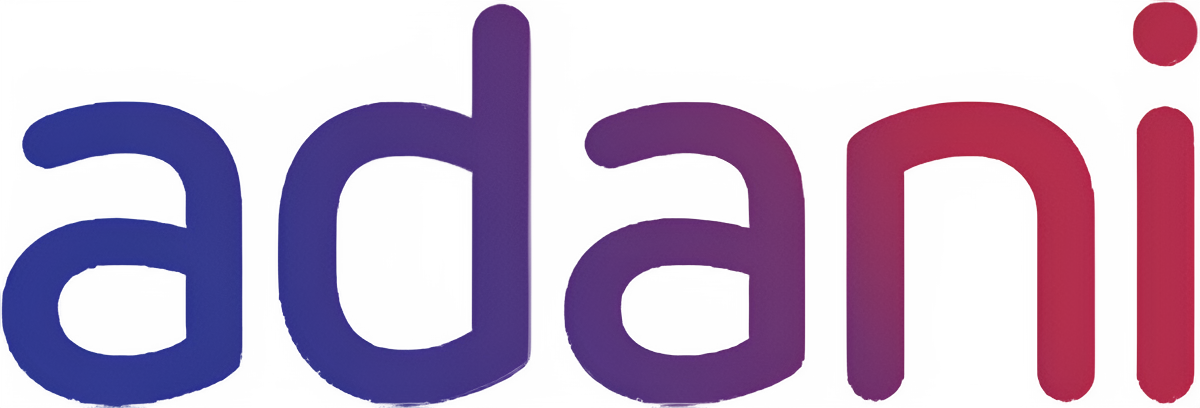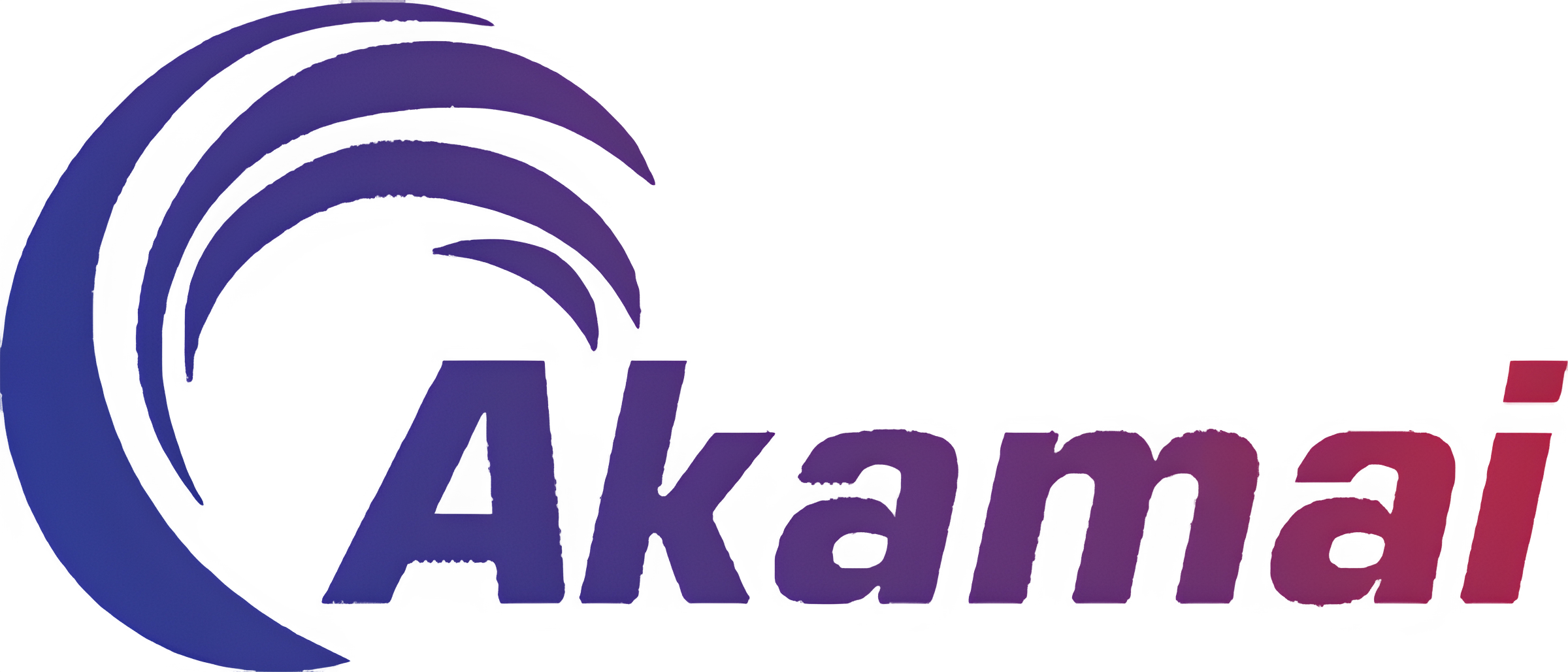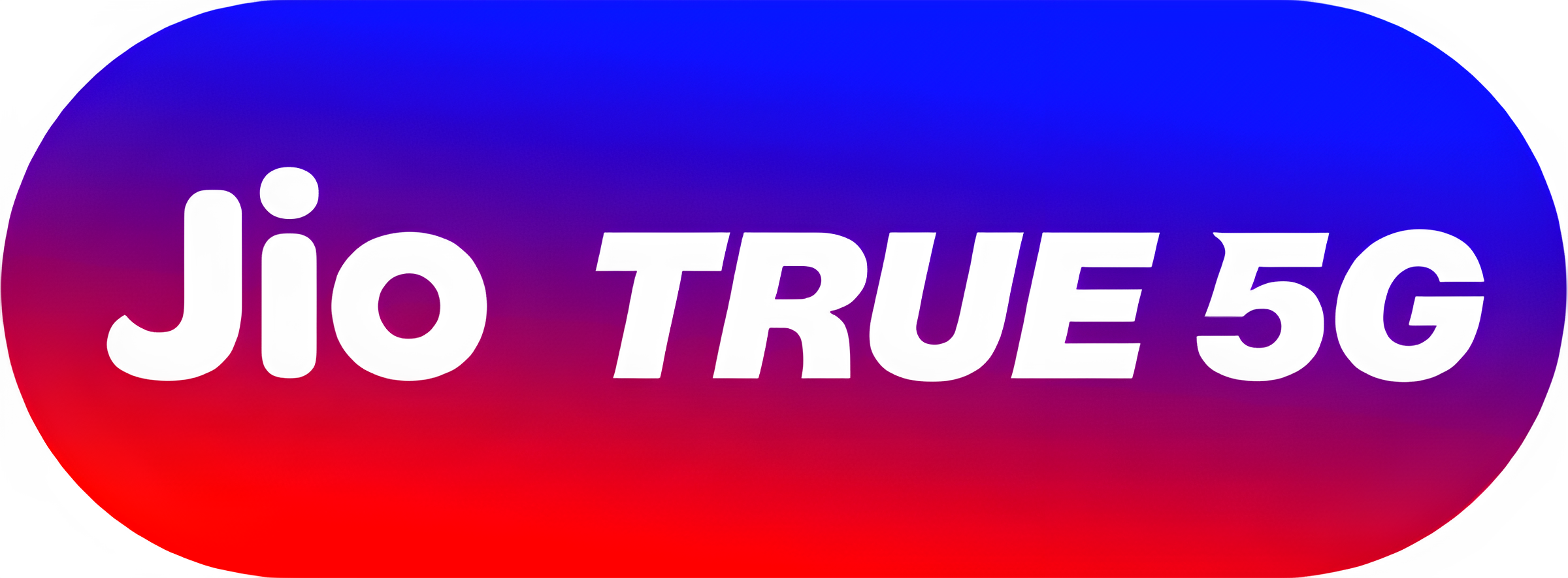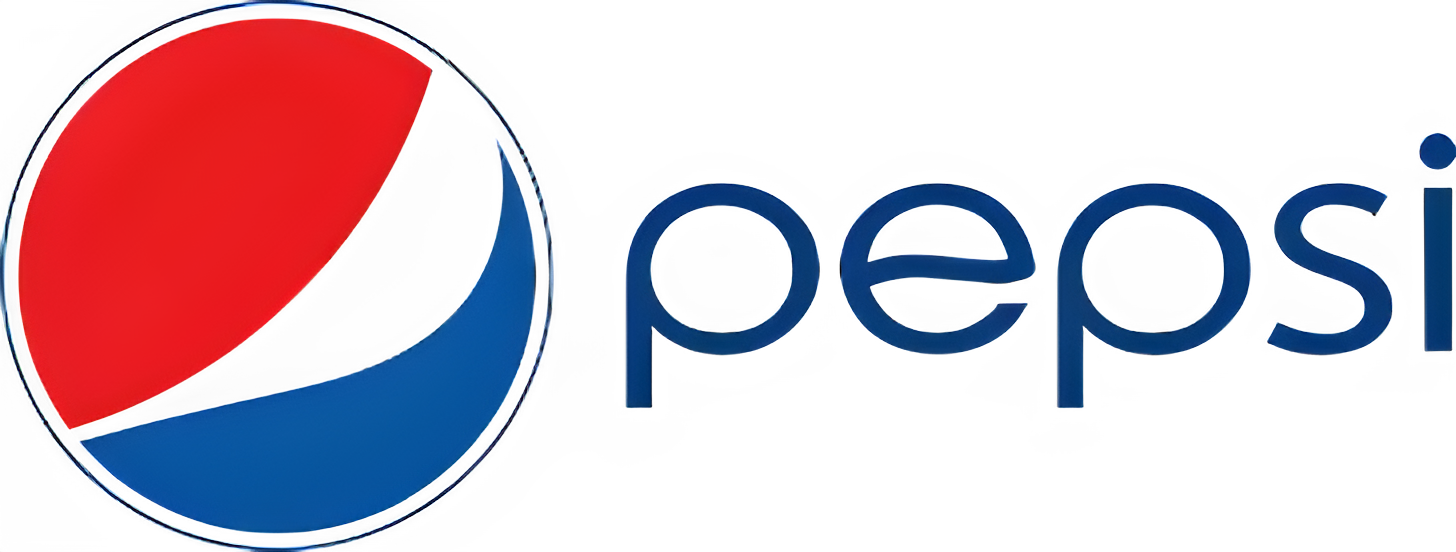Top 5 Grocery Apps and What You Can Learn from Their Features
In this blog, we explore the Top 5 Grocery Apps of 2025—Instacart, Amazon Fresh, Walmart Grocery, BigBasket, and Blinkit—and delve into the standout features that make each app successful. By examining their user-friendly interfaces, advanced backend infrastructures, personalized recommendation engines, efficient delivery logistics, and seamless payment systems, we identify actionable lessons for any entrepreneur or business looking to build a competitive grocery app in today’s market. Whether you’re part of a start-up or an established firm exploring the benefits of partnering with a grocery delivery app development company, this guide lays out critical design and technological insights. We also highlight how Dinoustech, a forward-thinking development partner, can help you incorporate these best practices into your own grocery delivery solution.
The grocery industry has undergone a digital transformation in recent years, accelerated by consumer demand for convenience, time-saving solutions, and contactless transactions. With smartphone penetration rising globally, customers expect to browse inventories, place orders, and track deliveries from the palm of their hands. Consequently, numerous players have emerged, each vying to offer the fastest delivery times, widest product selections, and most intuitive user experiences. In such a competitive landscape, it’s crucial to analyze the leading apps to understand which features drive user engagement, retention, and ultimately, revenue growth. By examining these top apps, businesses can glean insights into what works—and what doesn’t—staying ahead in an ever-evolving market.
Criteria for Selecting the Top 5 Grocery Apps
Before we dive into individual app analyses, it’s important to understand our selection criteria. We have identified five core factors that define a leading grocery app:
- User Experience (UX) and Interface Design
A seamless, intuitive interface that minimizes friction during browsing, searching, and checkout processes.
- Product Range and Inventory Management
A vast catalog of products—from fresh produce and staples to premium organic items—with real-time inventory updates.
- Delivery Speed and Logistics
Efficient last-mile delivery networks, including micro-fulfilment centers, dark stores, or partnerships with local retailers to ensure speedy deliveries.
- Personalization and Recommendations
AI-driven features that offer tailored product suggestions, dynamic pricing, and loyalty rewards to maximize order value and user satisfaction.
- Scalability and Reliability of Backend
Robust infrastructure capable of handling peak loads, providing real-time order tracking, and integrating seamlessly with payment gateways and third-party APIs.
By applying these criteria, we have selected the following five apps as exemplars that embody these qualities and continue to innovate in 2025. Each has carved out a niche—whether fastest delivery or widest selection—and consequently shaped customer expectations for grocery shopping.
1. Instacart
Overview and Market Position
Instacart is a leading grocery delivery platform in North America, partnering with hundreds of retailers to offer same-day and scheduled deliveries. Its differentiator lies in its “store aggregator” model, allowing customers to shop from multiple retailers within a single cart. In 2025, Instacart remains one of the top grocery apps in the U.S., serving over 5,500 cities and employed by millions of users each month.
Key Features
- Multi-Store Shopping
Instead of limiting customers to one retailer, Instacart aggregates inventories from various supermarket chains—enabling side-by-side comparisons of prices and availability in real time. This feature reduces app-switching and simplifies decision-making for users.
- Same-Day and Scheduled Delivery
Users can select delivery windows as narrow as one hour, with options for same-day or next-day deliveries. This flexibility appeals to both impulse buyers and planners, accommodating diverse lifestyles.
- Real-Time Order Tracking
The app offers live GPS tracking of delivery drivers, giving customers full visibility into their order status—from shopping list creation to final drop-off. This transparency reduces anxiety and builds trust.
- Substitution Management
Instacart’s in-app feature allows customers to specify preferences for product substitutions if an item is out of stock—e.g., choosing “similar brand” or “no substitutions.” This reduces order errors and enhances satisfaction.
- Instacart+ Subscription
For frequent shoppers, Instacart+ (formerly Instacart Express) offers free delivery on orders over a certain threshold, lower service fees, and exclusive discounts. Subscription models ensure predictable revenue streams and foster customer loyalty.
Lessons Learned
- Aggregated Retail Model: By offering multi-store shopping within one app, Instacart reduces customer effort, increasing average order values and retention rates. Any grocery app should consider partnering with local retailers to build a similar aggregator network.
- Granular Delivery Windows: Allowing users to choose tight delivery slots (e.g., one-hour windows) drives user satisfaction, especially for last-minute purchases.
- Substitution Logic: Implementing a robust substitution management system can minimize order cancellations due to unavailability, preserving order integrity and revenue.
- Subscription Monetization: Offering a tiered subscription service can stabilize revenue and incentivize frequent purchases.
2. Amazon Fresh
Overview and Market Position
Amazon Fresh leverages Amazon’s vast logistics network to deliver groceries, meal kits, and everyday essentials. Integrated into the broader Amazon ecosystem, it allows Prime members to enjoy exclusive benefits—including faster delivery, discounted pricing, and early access to new product launches. In 2025, Amazon Fresh is recognized among the top grocery apps globally, with deep penetration in both North America and select Asian and European markets.
Key Features
- Seamless Amazon Integration
As part of the Amazon marketplace, Amazon Fresh syncs with users’ existing profiles, payment methods, and address books—streamlining the onboarding process. This integration reduces friction by reusing established Amazon credentials and payment vaults.
- Prime Member Benefits
Prime members can access two-hour delivery slots, free shipping for orders above a minimum threshold, and discounted pricing on select items. This helps Amazon Fresh leverage Amazon’s massive subscriber base to drive grocery sales.
- Smart Reordering
With its predictive algorithms, Amazon Fresh detects frequently purchased items and reminds customers to reorder—often before they run out. Push notifications and email reminders ensure consistent engagement.
- Voice Ordering via Alexa
Integration with Amazon’s voice assistant, Alexa, allows users to add items to cart or place orders via voice commands (“Alexa, reorder milk from Amazon Fresh”). This hands-free experience appeals to busy households and tech-savvy users.
- Wide Product Assortment
Beyond groceries, Amazon Fresh offers meal kits, pet supplies, household essentials, and even alcohol where local regulations permit. Curated product bundles and rotating promotions are clearly highlighted in the home screen.
- Enhanced Personalization
Amazon’s robust machine-learning models power personalized home screens—displaying recommended recipes, trending items, and local deals. This degree of personalization drives higher average basket size and boosts cross-selling opportunities.
Lessons Learned
- Ecosystem Leverage: By incorporating the grocery service into a broader retail ecosystem, Amazon Fresh ensures high retention and frictionless user experience. Any aspiring grocery app development should consider API integrations with existing loyalty or e-commerce platforms.
- Voice Commerce: Voice ordering eliminates manual searches and appeals to users who want a hands-free experience. Integrating voice capabilities (e.g., through Siri or Google Assistant) can differentiate a grocery app.
- Predictive Reordering: Anticipating reorder cycles reduces churn and fosters recurring revenue. Ensure your app’s backend can track purchase frequencies and trigger timely reminders.
- Premium Subscription Perks: Exclusive benefits for subscribers (e.g., faster delivery, special discounts) create perceived value and reduce price sensitivity.
3. Walmart Grocery
Overview and Market Position
Walmart Grocery capitalizes on Walmart’s extensive physical retail presence, offering both home delivery and in-store pickup options. In early 2025, Walmart announced it now delivers to 95% of the U.S. population within three hours, highlighting its focus on near-instant fulfillment. With a network of over 4,600 stores and fulfillment centers, Walmart Grocery blends offline and online capabilities to serve millions of users daily.
Key Features
- Omnichannel Fulfillment Model
Customers choose between “Curbside Pickup” (free for orders above a threshold), “Delivery,” or “In-Store Pickup.” This variety caters to different use cases—e.g., those who prefer to shop in-store but avoid crowds. Fulfilling orders from store shelves reduces last-mile costs and delivery times.
- Walmart+ Subscription
Walmart+ members receive free unlimited deliveries (with a minimum order requirement), fuel discounts, and scan-and-go features in physical stores. This hybrid offering ties digital convenience to the brick-and-mortar ecosystem.
- Dynamic Price Matching
In select regions, Walmart Grocery automatically matches online and in-store promotions—ensuring users get the best possible price. This dynamic pricing engine updates in real time, promoting cost-effectiveness.
- Robust Inventory Transparency
The app shows real-time stock levels at nearby stores, alerting customers if an item is out of stock or low in quantity. This clarity reduces order abandonment due to unexpected substitutions.
- Automated Procurement and Fulfillment Tech
Walmart employs machine learning to route orders to the optimal fulfillment center or store based on proximity, inventory, and driver availability. This densification strategy lowers per-package costs and accelerates delivery speed.
- Easy Reorder List
A “Reorder” section highlights frequently purchased items, making repeat orders a one-click operation. Users can edit quantities or skip items without re-adding everything manually.
Lessons Learned
- Brick-and-Mortar Synergy: By leveraging existing store networks, Walmart Grocery cuts delivery times and costs. If you’re building a grocery app, consider partnerships with local retailers or dark stores to ensure rapid fulfillment.
- Subscription Ecosystem: Walmart+ shows that a hybrid subscription model—offering perks across both digital and physical channels—drives stickiness. Look beyond free delivery; think about fuel discounts, exclusive in-store features, or early access to promotions.
- Real-Time Inventory Visibility: Displaying accurate stock levels and alternate store suggestions minimizes cancellations. Invest in inventory synchronization across sales channels to maintain transparency.
- Algorithmic Order Routing: Densification—serving multiple households in proximity—optimizes logistics. A well-designed routing algorithm can drastically reduce per-order costs.
4. BigBasket
Overview and Market Position
BigBasket is India’s largest online grocery platform, leading the market with over 25 million registered users and presence in more than 30 cities as of early 2025. Its parent entity, Tata Digital, has invested heavily to integrate BigBasket into Tata’s broader retail ecosystem. BigBasket’s strengths lie in its diverse product range—ranging from organic produce to premium imported items—and its efficient last-mile delivery network.
Key Features
- Express and Scheduled Delivery
BigBasket offers multiple delivery options: “BB Express” for deliveries within 90 minutes, “BB Now” for immediate dispatch (in select metros), and scheduled deliveries up to a week in advance. This flexibility caters to a wide demographic—from working professionals to homemakers.
- Private Labels and Partnerships
BigBasket has launched private label brands (e.g., “Fresho” for fresh produce, “bb Royal” for staples) which offer higher margins and competitive pricing. Additionally, it partners with local farmers and artisanal brands, expanding its product portfolio while supporting regional economies.
- Tier-Based Pricing
The app dynamically adjusts pricing based on city tier and demand. Metro cities (Tier I) may have slightly higher delivery charges but faster timeframes; Tier II and III cities see different fee structures. This localized pricing strategy maximizes reach while balancing operational costs.
- Subscription Model: BB Star Membership
With an annual BB Star membership, users receive free deliveries (minimum order applies), priority delivery slots during peak hours, and exclusive discounts on select brands. This subscription model has helped BigBasket cultivate a base of loyal, repeat customers.
- Advanced Search and Filtering
BigBasket’s search engine supports multi-attribute filtering—e.g., gluten-free, organic, vegan, locally sourced. Users can also search by recipes or cooking styles, receiving curated ingredient lists instantly.
- Integration with Tata CliQ and Other Tata Services
As part of Tata Digital, BigBasket integrates loyalty points with Tata’s broader ecosystem (e.g., Tata CliQ, Croma, and Westside). Cross-platform gamification and reward structures encourage users to explore multiple Tata-owned services.
Lessons Learned
- Localized Offerings: Following BigBasket’s tier-based pricing and delivery, consider customizing offerings based on geography—urban vs. semi-urban or rural markets—to balance cost and service level.
- Private Label Strategy: Developing in-house brands can increase margins and allow tighter quality control. If you’re a grocery delivery app development company, encourage clients to consider private label integration to differentiate their catalog.
- Ecosystem Collaboration: BigBasket’s integration with Tata’s loyalty programs demonstrates the value of cross-brand synergy. Even if you’re a standalone grocery app, explore partnerships with complementary services—e.g., meal-kit providers, local farms, or fitness apps.
- High-Precision Search: In markets with diverse dietary preferences and regional cuisines, robust filtering that goes beyond basic categories is crucial. Implement search suggestions for cuisines, dishes, or dietary restrictions to streamline product discovery.
- Dynamic Delivery Options: Offering express (90-minute), hyperlocal (within 30 minutes), and scheduled deliveries enables you to capture both urgent and planned orders.
5. Blinkit
Overview and Market Position
Blinkit (formerly Grofers) is an Indian ultra-fast grocery delivery platform promising delivery within 10–30 minutes in major cities such as Mumbai, Delhi, Bengaluru, and Hyderabad. Operated by Zomato since 2022, Blinkit aims to serve customers who value speed above all else—especially for last-minute essentials. It has grown rapidly by establishing micro-fulfillment centers (dark stores) stocked with high-turnover grocery items.
Key Features
- 10-Minute Delivery Promise
Blinkit’s primary differentiator is its “Deliver within 10 minutes” motto. By maintaining over 40 micro-fulfillment centers in key urban areas, Blinkit can dispatch orders almost instantly upon receipt.
- Compact Dark Stores
Unlike large warehouses, Blinkit’s dark stores occupy smaller real estate but are located strategically within dense neighborhoods. Each store carries a curated inventory of 1,500–2,000 SKUs—focused on high-speed turnover items like dairy, snacks, and toiletries.
- Intuitive One-Page Ordering
The app employs a single-page checkout flow: users tap to add items, select the nearest delivery slot (often automatically assigned within minutes), and checkout with saved payment methods. This frictionless flow is optimized for minimal taps.
- Dynamic Catalog Optimization
Blinkit’s algorithm continuously analyzes purchasing patterns and adjusts inventories at each dark store accordingly. For instance, if a neighborhood consistently orders certain snacks or fresh produce, that item’s stock is prioritized in subsequent restocking.
- Real-Time AI Inventory Forecasting
Using machine learning, Blinkit forecasts demand spikes (e.g., monsoon season increasing demand for certain items) and dynamically rebalances stock across dark stores. This predictive restocking reduces out-of-stock scenarios and prevents waste.
- No-Minimum Order, No Delivery Fee (on Most Orders)
To further reduce friction, Blinkit often waives minimum order values and delivery charges—monetizing through slight markups on time-sensitive items instead. This pricing strategy incentivizes impulse purchases and frequent orders.
Lessons Learned
- Hyperlocal Fulfillment: If speed is your USP, consider small-format dark stores to serve micro-neighborhoods. This model drastically reduces delivery radius and ensures ultra-fast dispatch.
- Curated SKU Selection: Instead of offering tens of thousands of SKUs, focus on high-turnover essentials for micro-fulfillment centers. This minimizes storage costs and inventory complexity.
- Minimalist Ordering Flow: For time-pressured users, a one-page checkout with saved preferences is critical. Fewer taps translate to more conversions.
- AI-Driven Inventory Management: Predictive analytics can help forecast demand and allocate stock efficiently. Any serious grocery delivery app development company should build or integrate AI modules for demand forecasting.
- Flexible Pricing Models: Offering no-minimum orders or waived delivery fees can increase user acquisition, but you must offset costs through strategic pricing on high-demand SKUs or through in-app advertising.
Key Takeaways: Building a Competitive Grocery App
Having dissected the top five grocery apps, several overarching lessons emerge. Whether you plan to build a new grocery platform or enhance an existing one, consider the following essential elements:
- Hybrid Fulfillment Strategy
Balance between large distribution centers (for bulk and non-perishables) and micro-fulfillment units (for ultra-fast delivery). The blend optimizes both cost and speed.
- Subscription-Driven Revenue
Implement a freemium or tiered subscription model (e.g., free delivery above X amount, priority slots, exclusive discounts) to ensure predictable monthly or annual revenue and foster user loyalty.
- Personalization Engine
Leverage machine learning to curate home screens, suggest products based on past purchases, and forecast reorder cycles. Personalized experiences increase average order value (AOV).
- Transparent Real-Time Inventory
Provide accurate stock levels, estimated delivery time, and automatic substitution suggestions. This transparency minimizes user frustration and reduces cart abandonment.
- Frictionless Checkout
Invest in a streamlined checkout flow with saved addresses, payment methods, and a single confirmation step. Every additional tap reduces the likelihood of completing a purchase.
- Seamless Integrations
Partner with complementary services—e.g., voice assistants, local farmers, meal-kit providers, or loyalty programs—to differentiate your offering and expand your user base.
- Dynamic Pricing and Promotions
Implement rules for price matching, dynamic discounts (e.g., flash sales), and localized pricing to optimize margins while staying competitive in various regions.
- Robust Backend Infrastructure
Ensure your app’s backend can handle peak loads (e.g., weekends, festivals), maintain high availability (99.9%+ uptime), and integrate easily with third-party APIs for payments, mapping, and analytics.
- Dark Store Optimization
For hyperlocal models, carefully select dark store locations based on demographic demand, population density, and logistical feasibility. Smaller footprints with focused inventories lower operational costs.
- Data-Driven Decision Making
Continuously analyze customer data—purchase patterns, delivery times, heatmaps of demand—and refine your supply chain, inventory mix, and fulfillment networks accordingly.
How We Can Help
At Dinoustech Private Limited, we specialize in delivering custom grocery delivery app development services tailored to your unique business requirements. Drawing on our expertise in backend Node.js development and a deep understanding of the latest industry best practices, we can help you:
- Conceptualize and Strategize
- Conduct market research to identify target demographics, local competitors, and product assortments.
- Define MVP features—e.g., user profiles, product catalog, cart, checkout, payment gateway integration—and map out a phased rollout plan.
- Design a User-Centric Interface
- Craft minimalistic, intuitive UI/UX flows inspired by top apps like Instacart and Blinkit.
- Implement multi-attribute product filters (organic, gluten-free, local produce) and AI-driven recommendations.
- Build a Scalable Backend
- Develop microservices architecture using Node.js, ensuring high availability and horizontal scalability.
- Integrate real-time order tracking, push notifications, and subscription management modules.
- Integrate Hyperlocal Logistics
- Create algorithms for dynamic fulfillment routing, leveraging dark stores or partner retailers.
- Implement inventory synchronization across multiple warehouses or stores.
- Deploy Personalized AI Modules
- Incorporate machine learning for predictive reordering, demand forecasting, and dynamic pricing.
- Design dashboards for data analytics—traffic sources, retention rates, fulfillment times—to inform decision-making.
- Ensure Security and Compliance
- Adhere to data privacy regulations (e.g., GDPR, CCPA, local Indian guidelines) for user data and payment processing.
- Implement secure authentication (OAuth 2.0, JWT) and PCI-DSS compliant payment flows.
By partnering with Dinoustech, you benefit from a proven track record in app development for the mobility and delivery sectors. Our end-to-end services cover everything from UI/UX design to post-launch support—empowering your grocery business to compete with industry-leading platforms.
Conclusion
In 2025’s dynamic grocery delivery landscape, the success of apps like Instacart, Amazon Fresh, Walmart Grocery, BigBasket, and Blinkit is driven by a combination of user-centric design, robust backend architectures, intelligent personalization, and agile logistics networks. Aspiring entrepreneurs and established retailers aiming to launch or revamp a grocery app must incorporate these best practices:
- Prioritize UX
- Build hybrid fulfillment strategies
- Leverage data for personalization
- Offer subscription perks
- Optimize checkout flows
As a leading grocery delivery app development company, Dinoustech stands ready to transform your vision into a market-ready solution—exit the cookie-cutter approach and deliver an app that resonates with modern consumers. By learning from the top five grocery apps and adapting their standout features to your unique context, you can carve out a competitive edge in this fast-paced industry.

















